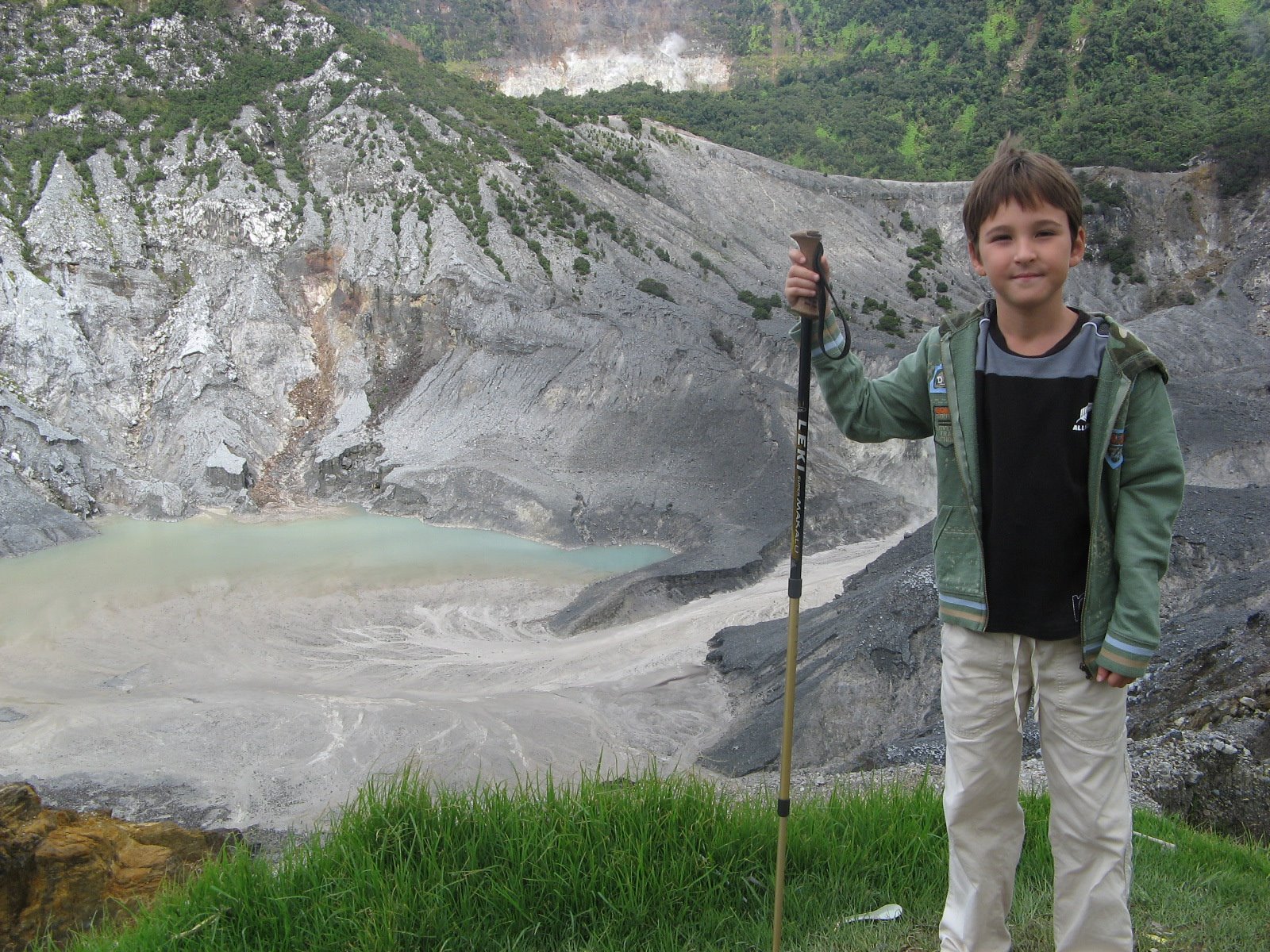At the mid-oceanic ridges, two tectonic plates diverge from one another. New oceanic crust is being formed by hot molten rock slowly cooling down and solidifying. In these places, the crust is very thin due to the pull of the tectonic plates. The release of pressure due to the thinning of the crust leads to adiabatic expansion, and the partial melting of the mantle. This melt causes the volcanism and make the new oceanic crust. The main part of the mid-oceanic ridges are at the bottom of the ocean, and most volcanic activity is submarine. Black smokers are a typical example of this kind of volcanic activity. Where the mid-oceanic ridge comes above sea-level, volcanoes like the Hekla on Iceland are formed. Divergent plate boundaries create new seafloor and volcanic islands
Subduction zones, as they are called, are places where two plates, usually an oceanic plate and a continental plate, collide. In this case, the oceanic plate subducts, or submerges under the continental plate forming a deep ocean trench just offshore. The crust is then melted by the heat from the mantle and becomes magma. This is due to the water content lowering the melting temperature. The magma created here tends to be very viscous due to its high silica content, so often does not reach the surface and cools at depth. When it does reach the surface, a volcano is formed. Typical examples for this kind of volcano are the volcanoes in the Pacific Ring of Fire, Mount Etna.
The most common perception of a volcano is of a conical mountain, spewing lava and poisonous gases from a crater in its top. This describes just one of many types of volcano, and the features of volcanoes are much more complicated. The structure and behavior of volcanoes depends on a number of factors. Some volcanoes have rugged peaks formed by lava domes rather than a summit crater, whereas others present landscape features such as massive plateaus. Vents that issue volcanic material (lava, which is what magma is called once it has broken the surface, and ash) and gases (mainly steam and magmatic gases) can be located anywhere on the landform. Many of these vents give rise to smaller cones such as Puʻu ʻŌʻō on a flank of Hawaii's Kīlauea.
Indonesia - Lombok: Mount Rinjani - outbreak in 1995
Other types of volcanoes include cryovolcanos (or ice volcanoes), particularly on some moons of Jupiter, Saturn and Neptune; and mud volcanoes, which are formations often not associated with known magmatic activity. Active mud volcanoes tend to involve temperatures much lower than those of igneous volcanoes, except when a mud volcano is actually a vent of an igneous volcano.
A supervolcano is the popular term for a large volcano that usually has a large caldera and can potentially produce devastation on an enormous, sometimes continental, scale. Such eruptions would be able to cause severe cooling of global temperatures for many years afterwards because of the huge volumes of sulfur and ash erupted. They can be the most dangerous type of volcano. Examples include Yellowstone Caldera in Yellowstone National Park, Lake Taupo in New Zealand and Lake Toba in Sumatra, Indonesia. Supervolcanoes are hard to identify centuries later, given the enormous areas they cover. Large igneous provinces are also considered supervolcanoes because of the vast amount of basalt lava erupted.
Tuesday, June 19, 2007
Subscribe to:
Post Comments (Atom)

No comments:
Post a Comment